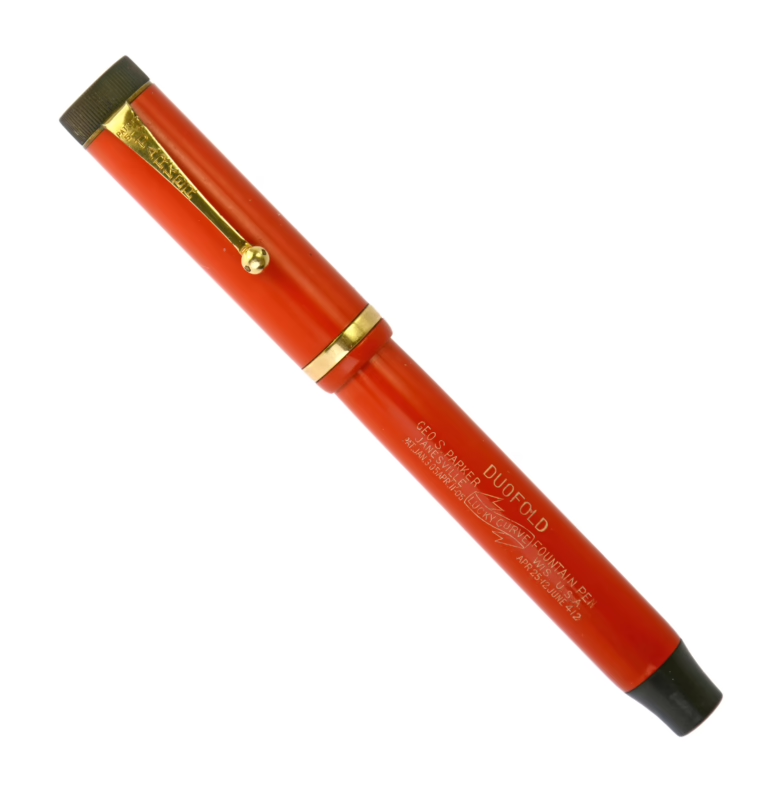The history of Bulova is a story of innovation, precision, and firsts in the watchmaking world. It all began in 1875 when Joseph Bulova, a 23-year-old Czech immigrant, opened a small jewelry shop on Maiden Lane in New York City. What started as a modest venture quickly grew into a renowned brand. By 1923, the business had evolved into the Bulova Watch Company, marking the beginning of a legacy that would span over a century.
In 1912, Bulova opened his first factory in Bienne, Switzerland, the heart of the watchmaking industry. Seven years later, in 1919, he launched his first complete range of men’s watches, followed by his first full line of ladies’ watches in 1924, which featured elegant, diamond-accented designs. These early collections showcased Bulova’s commitment to quality and style, setting the stage for the brand’s future success.
Bulova’s rise to fame was fueled not only by the quality of its timepieces but also by its groundbreaking approach to marketing. In 1923, the company launched its first major advertising campaign, instantly capturing the American public’s attention. But Bulova didn’t stop there; in 1926, the brand made history with the first-ever radio broadcast advertisement. The iconic time signal, “At the tone, it is eight o’clock, Bulova Watch Time,” became a staple of American life, heard by millions across the country.
Bulova’s innovative spirit extended beyond advertising. In 1927, when Charles A. Lindbergh made his historic non-stop flight across the Atlantic, he wore a Bulova “Lone Eagle” wristwatch. To commemorate the event, Bulova produced 5,000 Lone Eagle watches for the consumer market, which sold out within just three days. Over the next few years, nearly 50,000 more of these watches were sold, solidifying Bulova’s status as a leading watchmaker.
The Great Depression presented a challenge for many businesses, but Bulova remained resilient. In 1931, the company launched the watch industry’s first-ever million-dollar advertising campaign. To support retailers and customers during this difficult time, Bulova offered time-payment plans, ensuring that their watches remained accessible.
Bulova continued to lead the way in advertising innovations. On July 1, 1941, the company aired the world’s first official television commercial, moments before a baseball game between the Brooklyn Dodgers and the Philadelphia Phillies. The ad, which featured a simple test pattern modified to include a clock and the Bulova logo, cost the company between $4.00 and $9.00, depending on the source. The message, “America runs on Bulova time,” resonated with the American public, further embedding the brand in the nation’s consciousness.
During World War II, Bulova once again rose to the occasion, dedicating its resources to support the United States’ national defense. The company manufactured military watches, specialized timepieces, and even critical components for torpedoes and bombs. Arde Bulova, Joseph Bulova’s son, played a crucial role in this effort, working closely with the U.S. government to produce precision instruments that contributed to the war effort.
In 1960, Bulova revolutionized the watchmaking industry with the launch of the Accutron watch. The Accutron was the world’s first fully electronic watch, using a resonating tuning fork to regulate its timekeeping. This innovation set a new standard for accuracy in wristwatches and established Bulova as a pioneer in electronic timekeeping.
The 1960s also saw Bulova compete in the Space Race, vying with Omega Watches to be the first watch on the moon. While the Omega Speedmaster ultimately earned that title, Bulova’s Accutron technology played a crucial role in the success of the Apollo missions. All the instrument panel clocks and timekeeping mechanisms in the spacecraft were Bulova Accutrons. An Accutron 214 movement even made it to the moon, placed in a communications relay device by the first lunar landing mission.
In 2008, the Bulova Watch Company was acquired by Citizen for $250 million, creating the world’s largest watchmaker. Today, Bulova continues to design, manufacture, and market a variety of watch brands, including the signature “Bulova,” the trendy “Caravelle New York,” the sophisticated Swiss-made “Wittnauer Swiss,” and the popular “Marine Star.” In 2014, Bulova discontinued the sale of watches under the “Accutron” and “Accutron by Bulova” brands, folding some models into the main Bulova line and ending a significant chapter in the company’s history.
Bulova’s journey from a small New York City shop to a global leader in watchmaking is a testament to the brand’s commitment to innovation, precision, and quality. Through its many firsts in advertising, technology, and design, Bulova has not only kept time but also helped shape the history of watchmaking itself.


